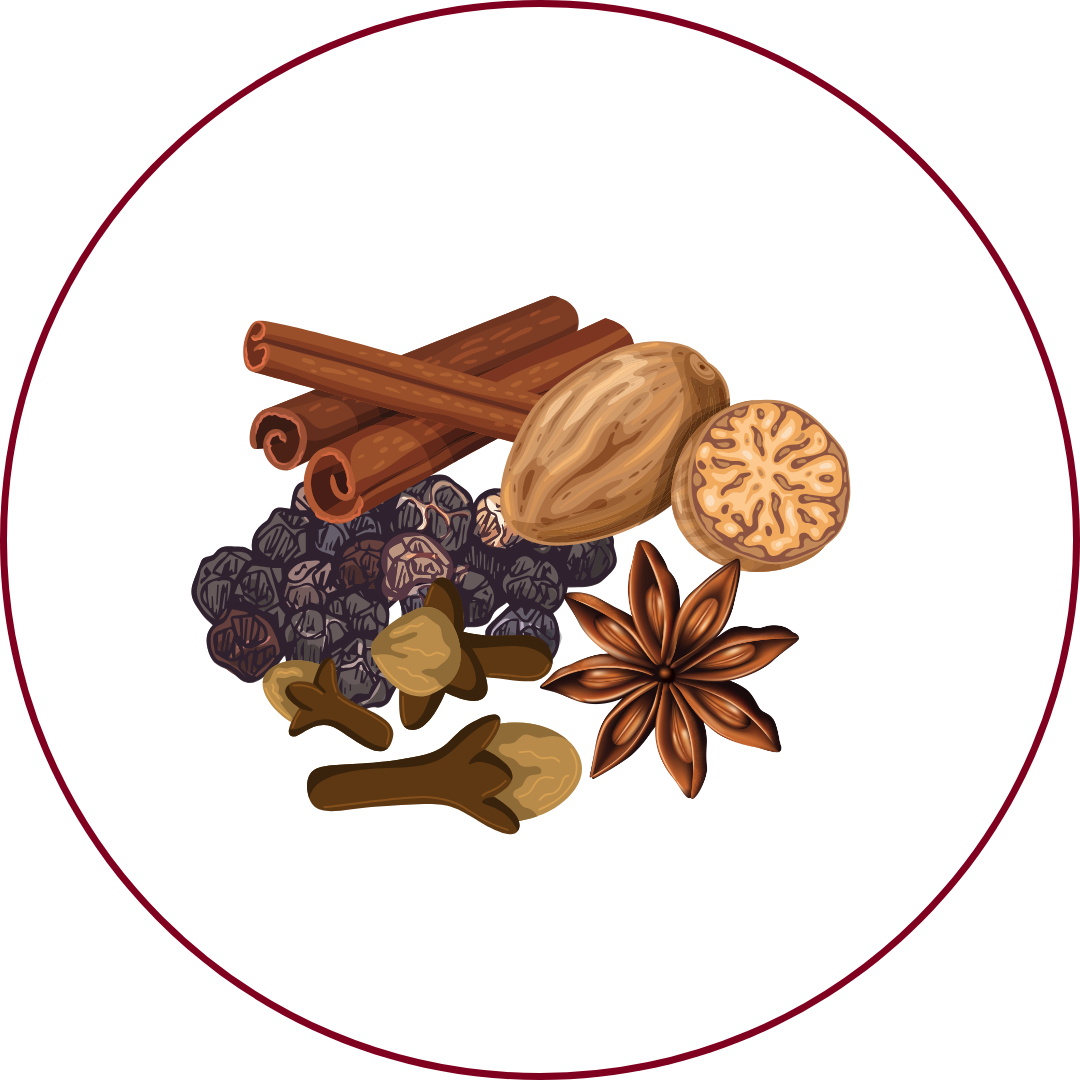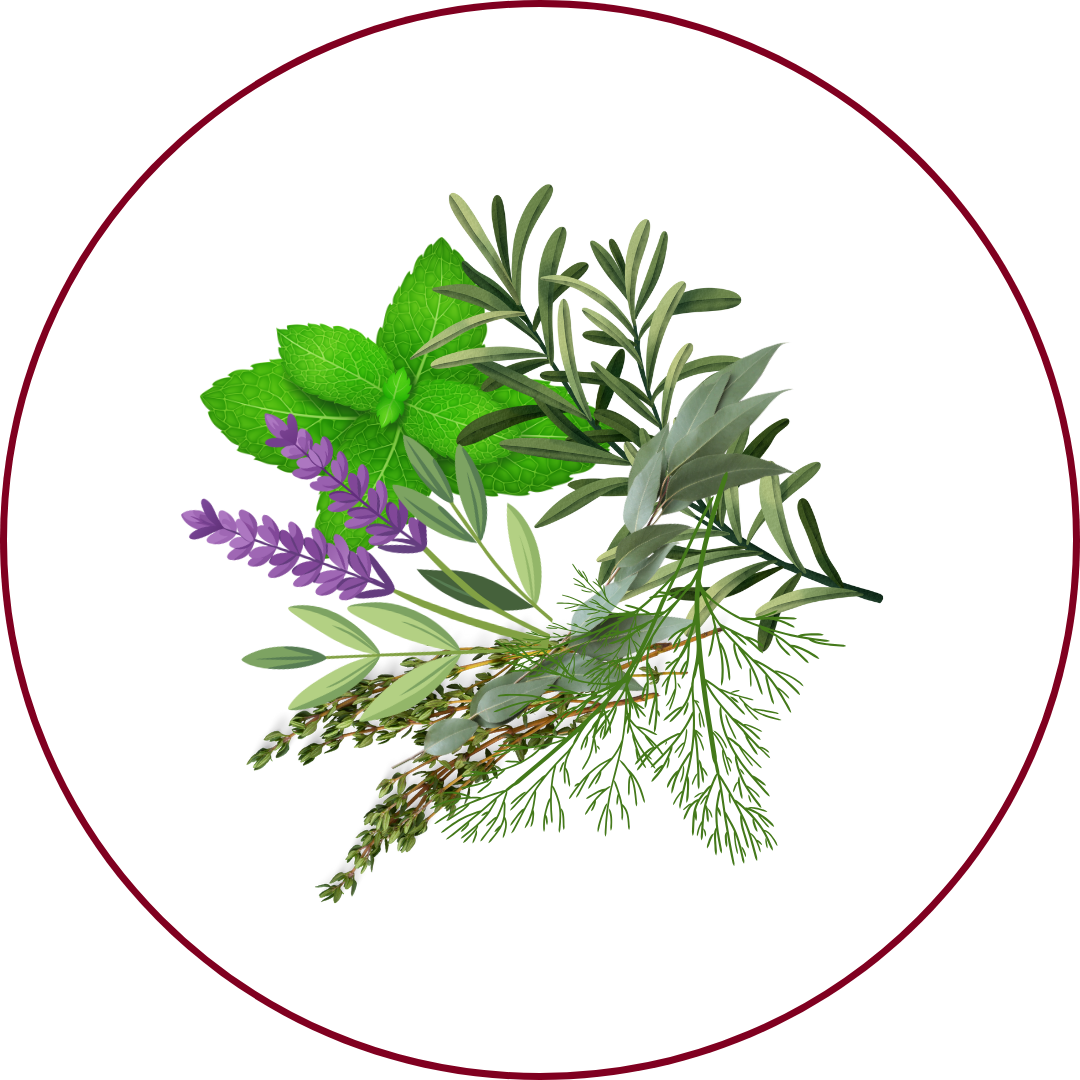Grape Variety
Vespolina
"ves-POH-lee-nah"
Wine Styles
 Sparkling
Sparkling Light White
Light White Full White
Full White Aromatic
Aromatic Rosé
Rosé Light Red
Light Red Medium Red
Medium Red Full Red
Full Red Dessert
DessertAbout Vespolina
Origin
Italy
History
Vespolina is a red Italian wine grape variety that is planted in Piedmont around Gattinara and Ghemme. Ampelographers believe that the grape is most likely indigenous to this area of Piedmont, and recent DNA profiling identified a parent-offspring relationship with Nebbiolo. Outside Piedmont, it is found in the Lombardy region of Oltrepò Pavese, where the grape is known as Ughetta. In Gattinara, Vespolina is sometimes blended with Nebbiolo and Bonarda Piemontese. Unlike the white Italian grape Vespaiolo, the root of the name Vespolina does not have a direct connection with vespe or wasp. However, the true origins of the name are still unclear.
Appearance
Small to medium-sized, dark bluish-black berries with a waxy bloom, forming compact, conical clusters.
Growing Traits
Vespolina is a low-yielding variety that thrives in the hilly terrains of Piedmont, particularly around Gattinara and Ghemme. The grape is known for its late ripening, typically harvested in late September. It prefers well-drained, sandy soils and is susceptible to downy mildew but less prone to powdery mildew.
Wine Characteristics
Body
4/5
Sweetness
1/5
Tannin
4/5
Acidity
3/5
Alcohol
4/5
Medium to full-bodied with a rich and robust profile, offering a complex and structured palate. Typically vinified dry, highlighting its natural acidity and tannic structure. Medium to high tannin content, contributing to the wine's structure and aging potential. Medium acidity, providing balance and freshness to the wine. Moderate to high alcohol content, generally ranging from 12.5% to 14%, depending on the winemaking style and region.
Taste Profile

Red Fruits

Black Fruits

Spices

Herbal

Balsamic
Vespolina wines are characterized by their deep ruby color and complex aromas of red berries, such as cherry and raspberry, intertwined with spicy notes of black pepper and hints of herbs. The palate is structured with medium to high tannins and balanced acidity, leading to a lingering finish with balsamic nuances. These wines are often enjoyed after several years of aging, which enhances their complexity and depth.
Food Pairing
Vespolina's rich tannic structure and acidity make it an excellent companion for hearty dishes. It pairs well with roasted meats, game, and aged cheeses. The wine's spiciness complements dishes like braised beef, lamb stew, and wild boar.
Growing Regions

Italy
PiedmontLombardy
Notable Wines & Producers
Gattinara DOCG
Cantina Travaglini
Tenuta Sella
Ghemme DOCG
Cavallina
Luigi Ferrando
Oltrepò Pavese DOC
Cavallina
Luigi Ferrando
Vespolina FAQ
Common questions about this grape variety
What is the origin of Vespolina?
+
Italy
Is Vespolina wine full bodied?
+
Vespolina has a body level of 4 out of 5. Which means that Vespolina is Moderate to Full bodied.
Is Vespolina wine dry or sweet?
+
Vespolina has a dryness level of 1 out of 5. Which means that Vespolina is Dry.
Where is Vespolina wine from?
+
Italy
Where is Vespolina grown?
+
Vespolina is grown in Italy (Piedmont, Lombardy).
What is Vespolina like?
+
Vespolina wines are characterized by their deep ruby color and complex aromas of red berries, such as cherry and raspberry, intertwined with spicy notes of black pepper and hints of herbs. The palate is structured with medium to high tannins and balanced acidity, leading to a lingering finish with balsamic nuances. These wines are often enjoyed after several years of aging, which enhances their complexity and depth.
What does Vespolina pair with?
+
Vespolina's rich tannic structure and acidity make it an excellent companion for hearty dishes. It pairs well with roasted meats, game, and aged cheeses. The wine's spiciness complements dishes like braised beef, lamb stew, and wild boar.
What does Vespolina taste like?
+
Vespolina wines are characterized by their deep ruby color and complex aromas of red berries, such as cherry and raspberry, intertwined with spicy notes of black pepper and hints of herbs. The palate is structured with medium to high tannins and balanced acidity, leading to a lingering finish with balsamic nuances. These wines are often enjoyed after several years of aging, which enhances their complexity and depth.
Take Vespolina Knowledge with You
Access detailed grape profiles, tasting notes, and pairing suggestions on your iPhone.
Download on theApp Store